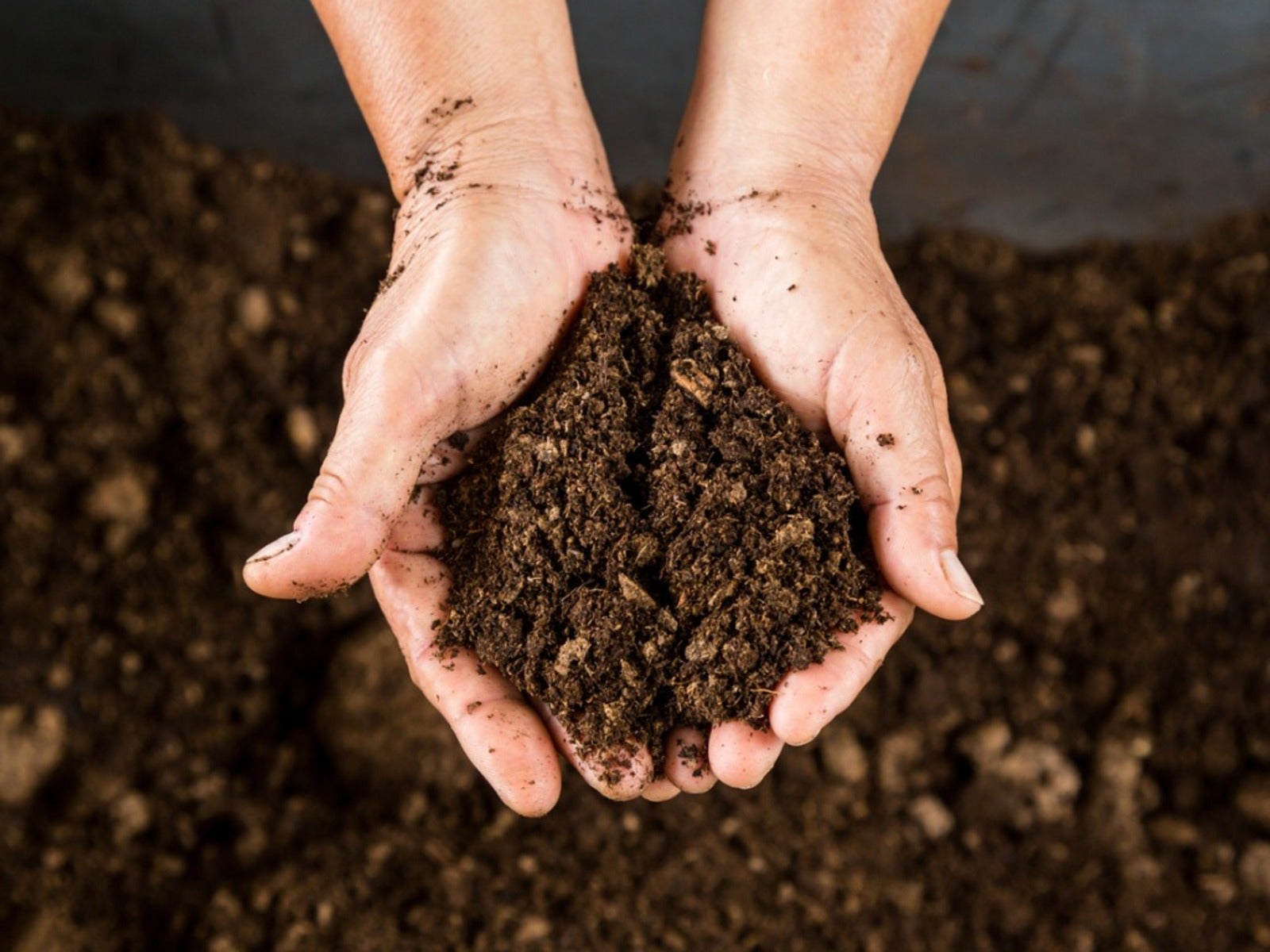How To Determine Soil Texture By Feel


Although it is possible to get an accurate reading of soil texture in a lab, it can be expensive and time consuming. That’s why it’s a good idea to learn to estimate soil texture accurately by feel.
Hand Texturing Soil
Soil texture is important. The texture of soil influences almost every aspect of gardening and is responsible for the presence of particular ecosystems. In fact, some scientists consider the texture of soil its most important property, impacting soil/water relationships, gas exchange, and plant nutrition.
The term “texture” describes how rough or smooth an object is. With many materials, texture can be determined by touch. This is true of soil texture, which is a product of the proportion of sand, silt, and clay in the soil. When you determine the soil texture, you can figure out if the soil is largely sand, clay, silt, or a mixture of two of these elements.
Soil Particles Contributing to Texture
Particles of sand, silt and clay are of different sizes. Sand is the largest type of soil particle. Sand particles are large enough to see with your naked eye. Sand is gritty and dry, and an overabundance of sand can often mean the soil is not very fertile.
Silt particles, on the other hand, are smaller. They feel softer, more like flour to the touch, and feel somewhat sticky when they are wet.
Clay particles are the smallest of all and can only be seen with a microscope. Clay is sticky if it is wet, and very hard when dry. While an abundance of clay in soil has the capacity to hold a lot of water, it’s not always able to yield the water in dry or hot temperatures.
Soil Texture Field Test
While there are other ways to test the texture of your soil, this may be the simplest. The first part of the “feel test” for soil is sometimes called the soil texture ribbon test. A ribbon test involves mixing a handful of soil with water, kneading it into a ball, and – once it is the consistency of putty - trying to make a ribbon of it. Make the ribbon as long as possible, then measure it.
Sign up for the Gardening Know How newsletter today and receive a free copy of our e-book "How to Grow Delicious Tomatoes".
The second part of the soil texture field test, the “touch test,” involves adding water to a pinch of soil until you have a muddy puddle in your palm. Touch it and determine how gritty it feels.
These are the preliminary steps to estimate your soil texture. With the information gleaned from them, it is possible to follow a flow chart diagram to determine the soil textural class for your soil sample. Each combination of answers (from the ribbon test and the touch test) indicates a particular texture.
- If you were not able to make a ribbon from the soil and the touch test was gritty, the soil texture is loamy sand.
- If you were not able to make a ribbon and the touch test was not gritty, the soil texture is silt.
- If you were able to make a ribbon at least 2 inches long and the touch test was gritty, the soil texture is sandy clay.
A good balance of silt, sand and clay particles is ideal for gardening. A nice crumbly soil that lets water and air move through it it is appreciated by plants, making it easier for their roots to stretch and grow.
Allowing your garden soil to be compromised by driving machinery over it while wet, walking on it and even digging and rototilling it, can inflict damage that makes it less welcoming for plants and their roots.
Amending Imbalanced Soil
If you find your garden soil is out of balance, try amending it with an organic compost to enhance its quality and increase aeration, beneficial microbes, nutrient content and water retention.

Teo Spengler is a master gardener and a docent at the San Francisco Botanical Garden, where she hosts public tours. She has studied horticulture and written about nature, trees, plants, and gardening for more than two decades, following a career as an attorney and legal writer. Her extended family includes some 30 houseplants and hundreds of outdoor plants, including 250 trees, which are her main passion. Spengler currently splits her life between San Francisco and the French Basque Country, though she was raised in Alaska, giving her experience of gardening in a range of climates.